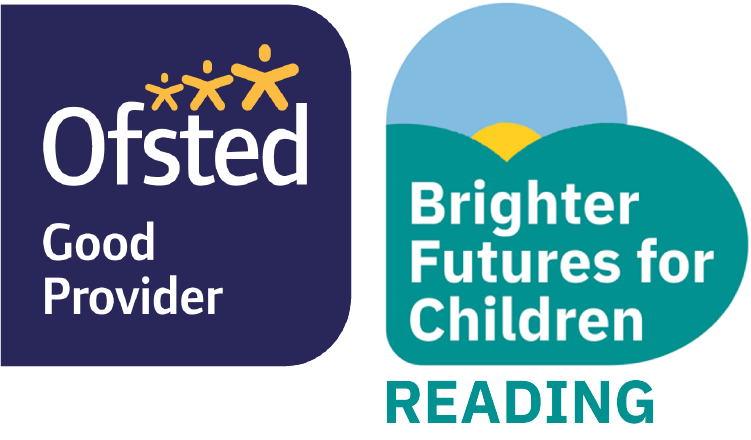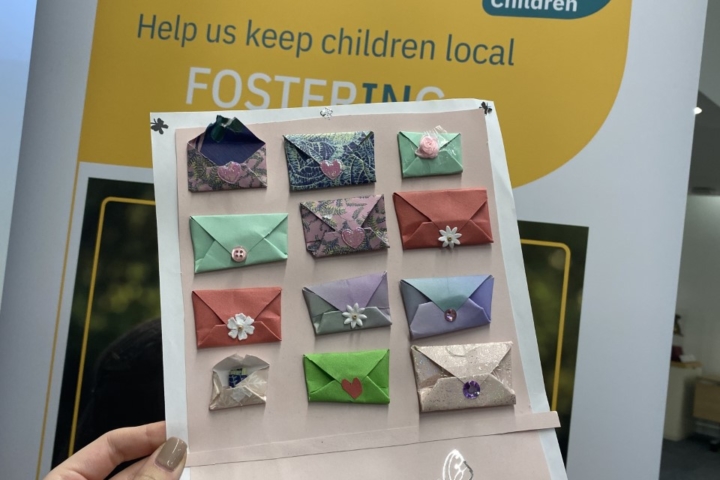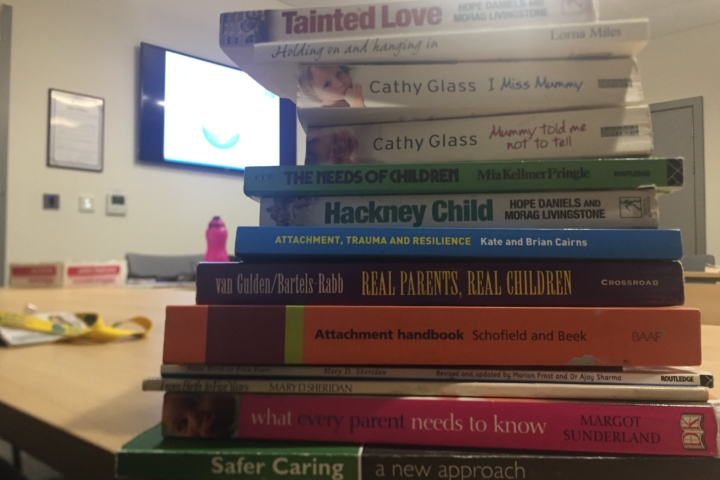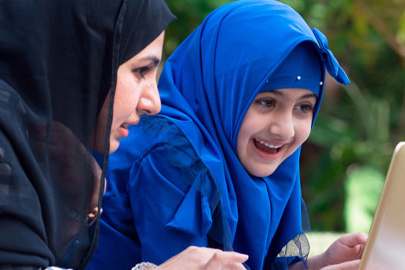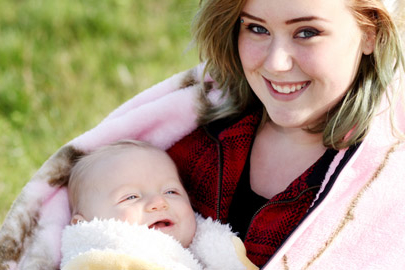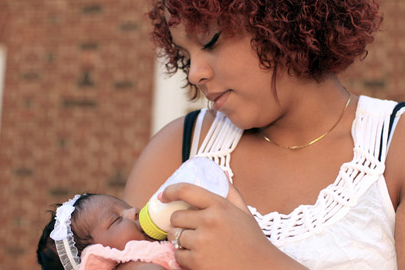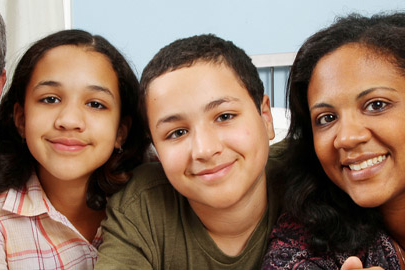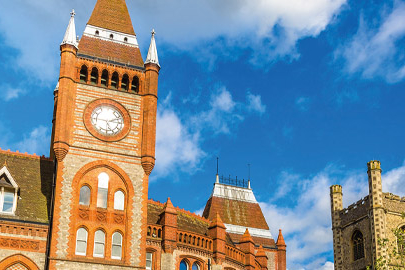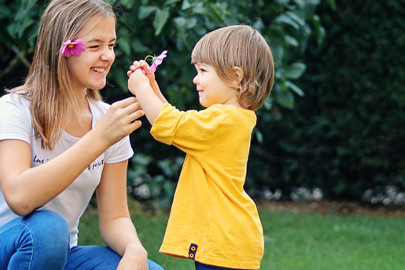- Home
- About fostering
- What is fostering?
Fostering offers children and young people a safe and caring home when they are unable to live with their birth family. This is often a child’s first positive experience of family life
There are around 65,000 children in the UK living with around 55,000 foster carers. Another child comes into care every 20 minutes. In Reading, we have more than 250 children and young people in our care. Not all can be in Reading though, which is why we need more local foster carers.
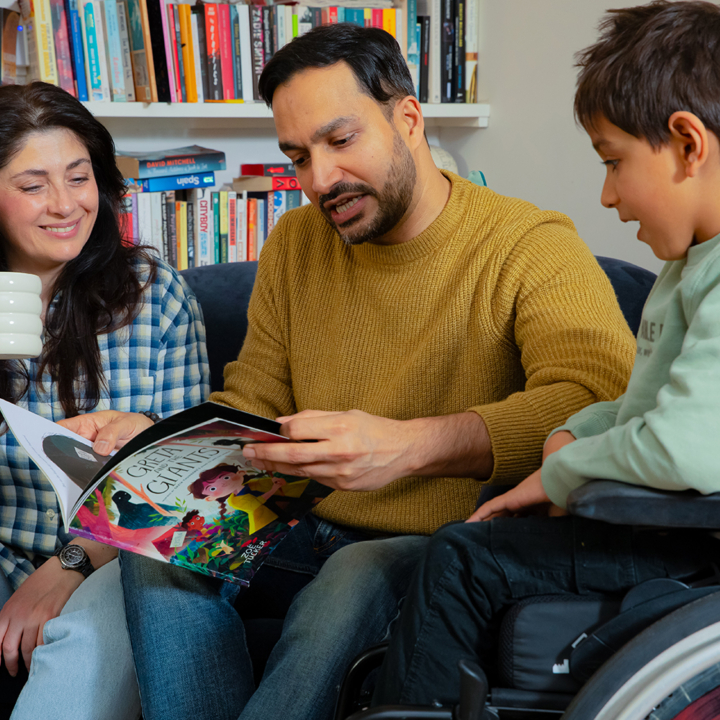
What does a foster carer do?
Foster carers provide a stable, secure, supportive environment at what can often be a difficult time in a young person’s life.
Often, their self-esteem has been eroded and they look to their foster carer to rebuild confidence in themselves and in others around them; to demonstrate clear values and help them with the social and life skills they need as a firm foundation for adulthood.
In short, they need someone they can trust and believe in.
Could that be you?
What are the different types of foster care?
Foster care is about matching the needs of both carer and child. Many carers need to fit in additional commitments, such as work, study or caring for other members of their family. Because of that, we have a range of fostering options.
Emergency fostering
Providing care, often at very short notice, for a brief period of time – for one night up to 28 days.
Short-term fostering
Regular stays of anything between a few days, weeks, months or occasionally over a year.
Parent & child
Mentoring and assessing a mother or father with their child in your own home
Staying put
This means a young person has the right to stay with their foster family when they reach 18 and beyond, if both sides agree. It is not the same as a foster placement. Find out more at The Fostering Network.
Who needs fostering?
In Reading, we are always looking for people who can take on all types of fostering and all ages of children and young people. At the moment, we particularly need foster carers who can look after teenagers, siblings and children with additional needs. If you think you can help, please get in touch. We’d love to hear from you.
Both fostering and adoption are needed when a child cannot stay with their birth family. Fostering is usually a temporary arrangement, whereas adoption means a child will become a permanent member of the adoptive family.
With fostering, the parental responsibility sits with the local authority and the child’s birth parents, although some of this may also be shared with the foster carers. This is usually a temporary arrangement in place while other arrangements are being made for the child in the long term. There is also long-term fostering, where the child will stay with the foster carers until they are 18, or until they are 25 if a ‘Staying Put’ agreement is put in place.
When a child is adopted, there is a legal procedure whereby all the parental responsibility will move to the adopter. The child will then become a permanent member of the adoptive family.
Brighter Futures for Children is an independent fostering agency. If you are thinking of adopting or would like to find out more, we work with Adopt Thames Valley.

Could you become a foster carer?
Answer a few questions and find out whether you’re ready to make a lasting difference to a child in Reading.
